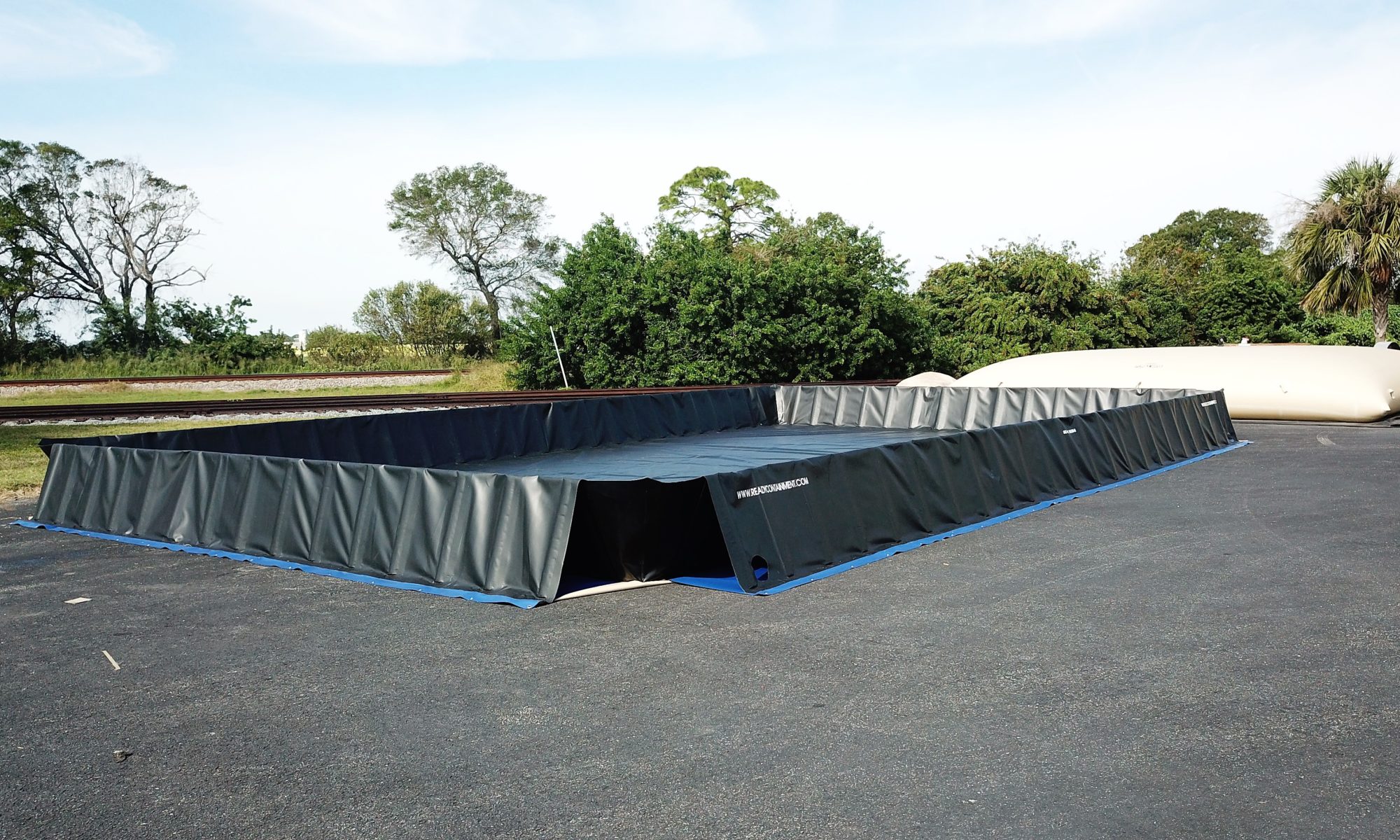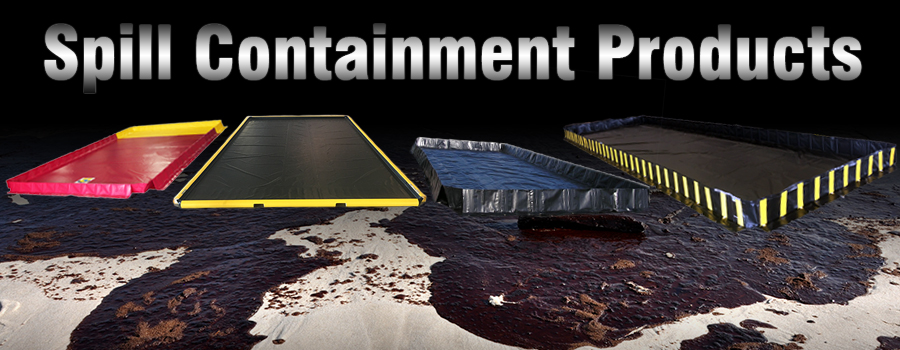The Unseen Consequences: The Environmental Impact of One Gallon of Motor Oil in Drinking Water Reservoirs
When it comes to water pollution, we often think of large-scale oil spills or chemical discharges. Yet, even seemingly small amounts can wreak havoc, particularly in delicate ecosystems like our drinking water reservoirs. You might be surprised to learn that just one gallon of motor oil can contaminate as much as one million gallons of water. This article will delve into the serious effects that even such a seemingly insignificant amount can have.
The Scope of Contamination
Firstly, it’s essential to understand the far-reaching impact a single gallon of motor oil can have. Oil has a property known as hydrophobicity, meaning it does not mix with water. When oil enters a water body, it floats on the surface, creating a thin film that is not easily dissipated. This not only prevents sunlight from penetrating the water but also limits the exchange of oxygen, both vital for aquatic life.
Effects on Aquatic Life
The aquatic ecosystem is the first to bear the brunt of oil contamination. Fish, microorganisms, and other aquatic life forms can suffer from exposure to the toxic elements in oil. This can result in physiological stress, abnormal development, and even mass die-offs. Given the interconnectedness of food chains, this has a domino effect on birds and other wildlife that rely on these water bodies for sustenance.
Human Health Risks
As concerning as the environmental impact is, the effect on human health is equally alarming. Drinking water reservoirs contaminated with motor oil pose a risk of introducing hazardous substances like benzene and lead into the water supply. These compounds are known to have detrimental effects on human health, including the potential to cause cancer and developmental issues in children.
Economic Consequences
Cleaning up an oil-contaminated reservoir is neither easy nor cheap. The methods employed to remove oil, such as skimming or the use of absorbent materials, can be labor-intensive and costly. Moreover, there may be long-term costs associated with monitoring the water quality and treating health conditions that arise from contamination.
Prevention is Better Than Cure
The good news is that awareness and education can go a long way in preventing such catastrophes. Proper disposal methods for motor oil can significantly reduce the risks associated with contamination. Many local communities have designated disposal centers specifically for hazardous materials like motor oil.
Conclusion
The impact of a single gallon of motor oil contaminating a drinking water reservoir is more than just a drop in the bucket. From endangering aquatic life and disrupting ecosystems to posing severe health risks to humans, the consequences are far-reaching and long-lasting. By understanding the magnitude of the issue, we can take steps to prevent such pollution and protect our valuable natural resources.
By taking a proactive approach, not only can we safeguard our ecosystems, but we can also protect the quality of life for future generations. Awareness and proper disposal methods are the first steps in this crucial journey.

